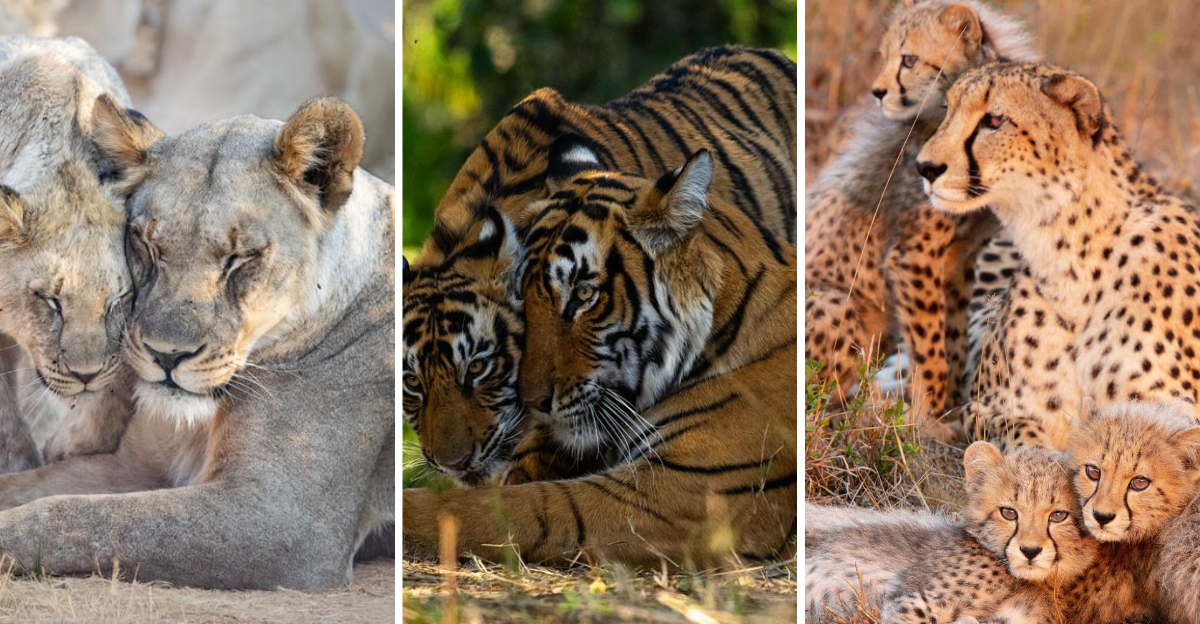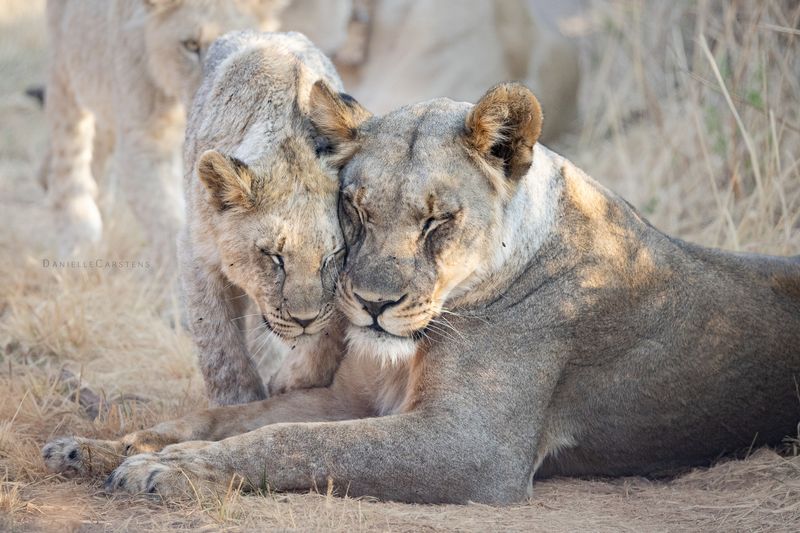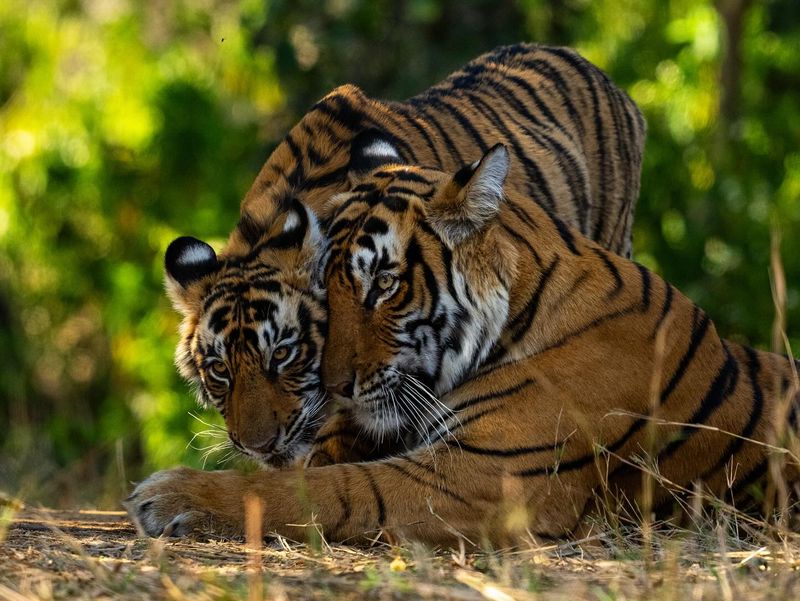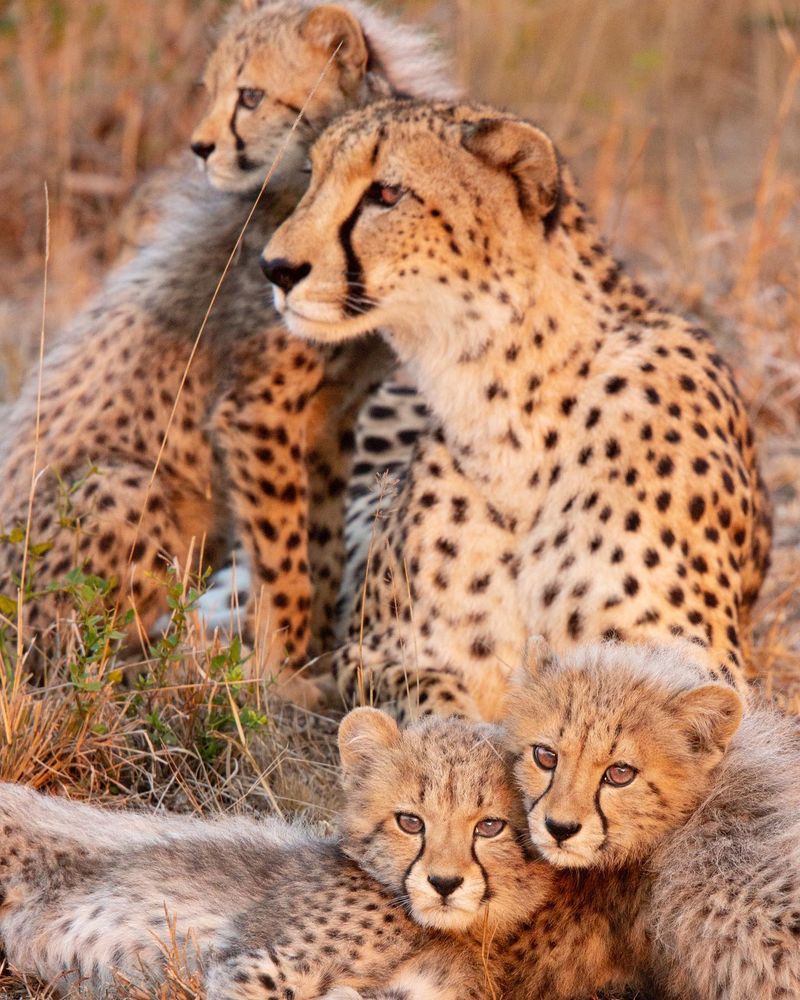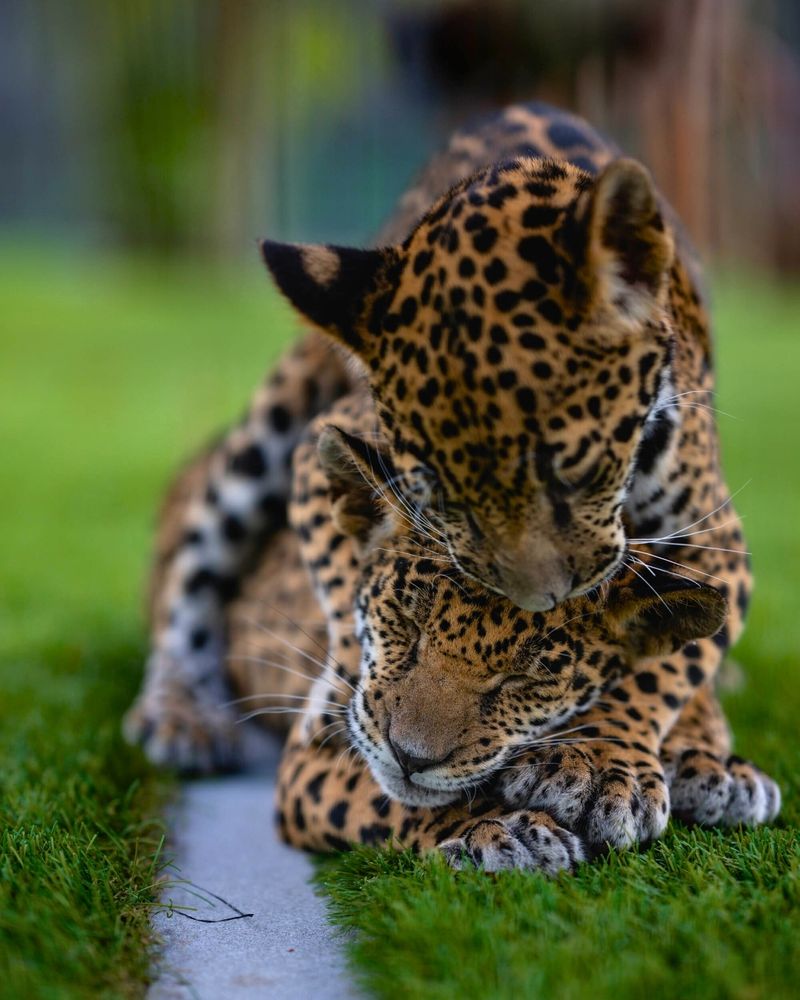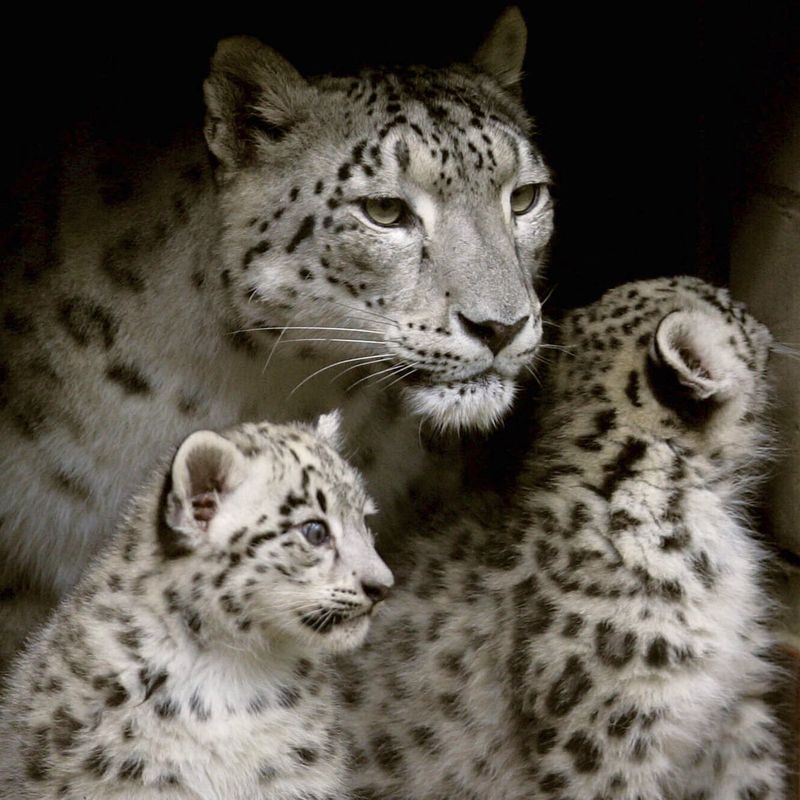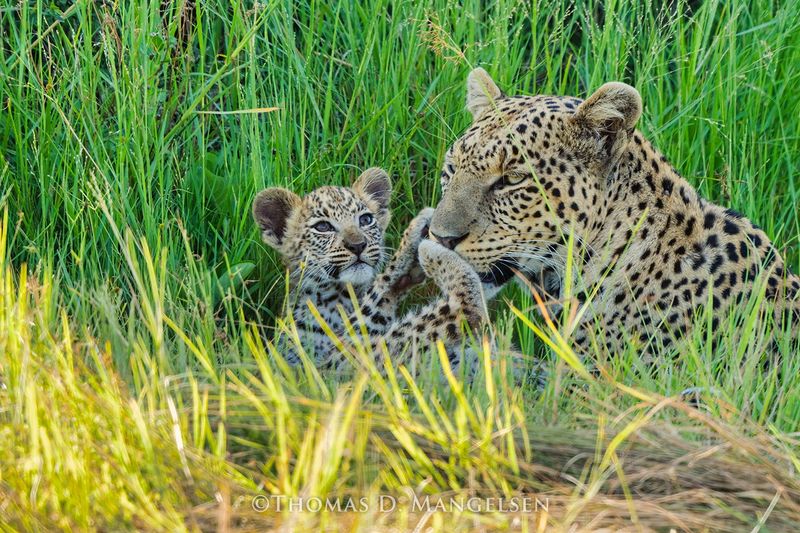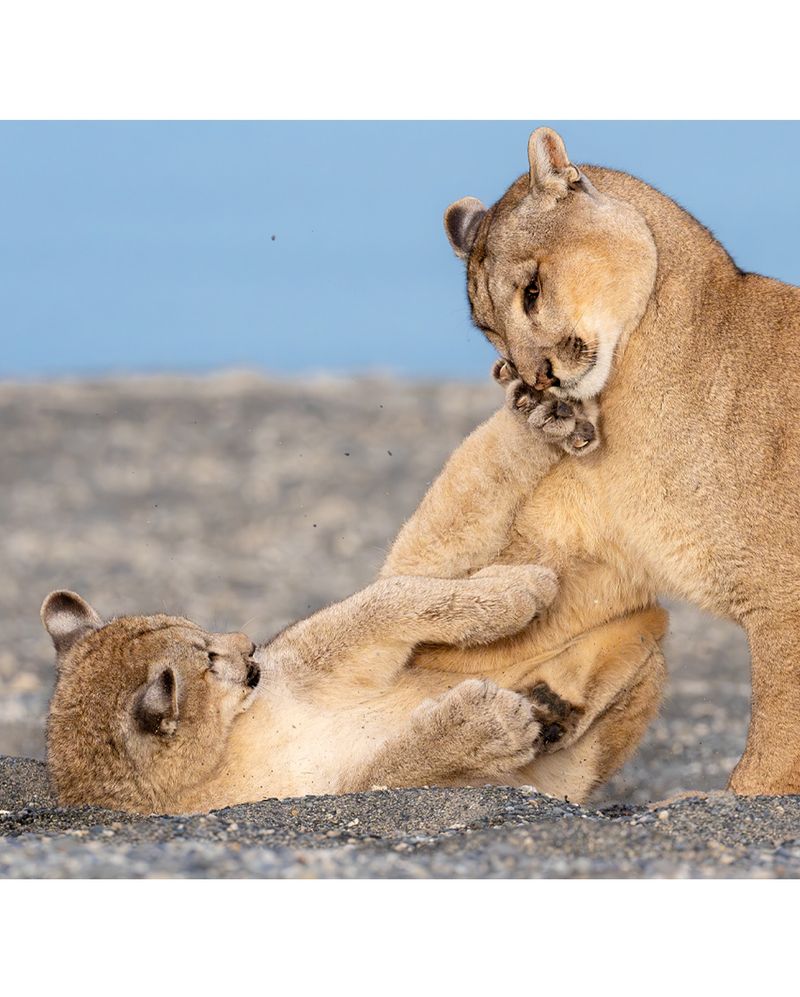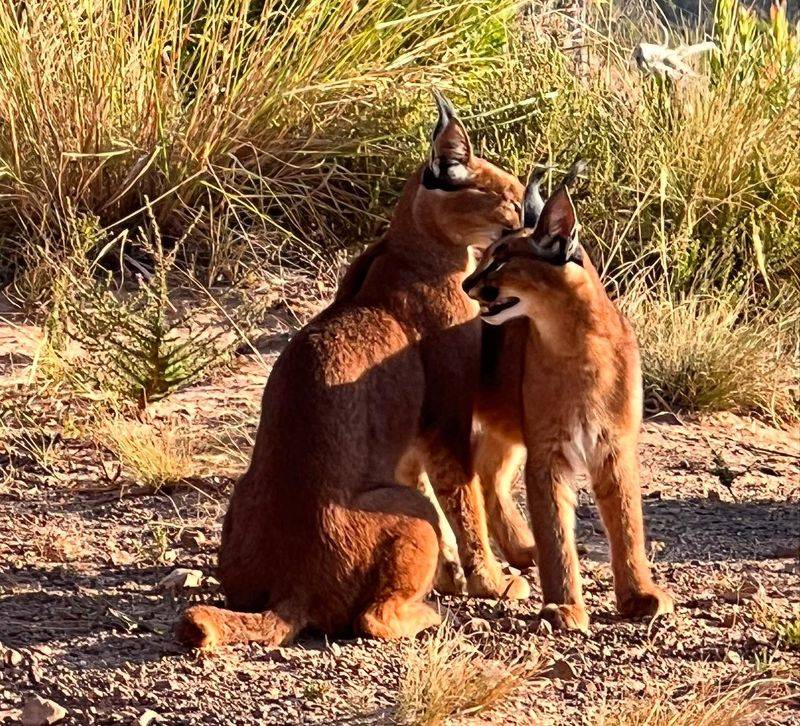📖 Table of Content:
- 1. Lioness Leadership: The Pride’s Protective Matriarch
- 2. Tiger Mom’s Solo Journey: Single Parenting in the Jungle
- 3. Cheetah’s Vigilance: Always on Alert for Her Vulnerable Young
- 4. Jaguar’s Aquatic Academy: Teaching Cubs to Master Water and Land
- 5. Snow Leopard’s High-Altitude Devotion: Mothering in the Mountains
- 6. Leopard’s Treetop Nursery: Aerial Protection for Precious Cubs
- 7. Cougar’s Extended Curriculum: North America’s Most Dedicated Teacher
- 8. Caracal’s Desert Discipline: Thriving in Harsh Environments
In the wild kingdom, nothing compares to a mother’s love. Big cat moms display incredible dedication, courage, and tenderness when raising their cubs in challenging environments. From teaching hunting skills to defending against threats, these magnificent feline mothers showcase parenting at its most primal and beautiful.
Join us as we explore nine remarkable big cat moms whose maternal instincts and fierce devotion will touch your heart.
1. Lioness Leadership: The Pride’s Protective Matriarch
Female lions form the backbone of the pride, working together to protect and nurture their cubs. When a lioness has cubs, her sisters and cousins often help with babysitting duties, creating a powerful support system for the next generation.
Cubs stay with their mothers for about two years, learning essential hunting techniques and pride dynamics. During this time, lionesses will fiercely defend their offspring against any threat, even challenging male lions who might harm the cubs.
A mother lioness can move her cubs to a new den every few days to prevent predators from finding them. This dedication ensures roughly 60% of cubs survive to adulthood in stable prides, showcasing the effectiveness of their collective parenting approach.
2. Tiger Mom’s Solo Journey: Single Parenting in the Jungle
Unlike pride-dwelling lionesses, tiger mothers raise their cubs entirely alone. For up to three years, a tigress handles every aspect of parenting without help—hunting while leaving cubs hidden, teaching survival skills, and defending territory against threats.
Her dedication is remarkable considering she must hunt alone while caring for cubs. A mother tiger will move her babies between different dens regularly, carrying each cub individually by the scruff through dangerous terrain.
Most touching is how these normally solitary creatures transform around their offspring. The fierce predator becomes playful and patient, spending hours teaching cubs to stalk and pounce through mock hunts and games designed to build their strength and coordination.
3. Cheetah’s Vigilance: Always on Alert for Her Vulnerable Young
Cheetah mothers face perhaps the toughest parenting challenge in the big cat world. With cubs that have a naturally high mortality rate, a cheetah mom remains constantly vigilant, scanning the horizon for threats while her little ones play nearby.
She’ll move her family up to five times per month to avoid predators like lions and hyenas. The exhausted mother must hunt daily while keeping her cubs concealed, often going hungry herself to ensure they eat first.
For 18 months, she’ll demonstrate hunting techniques at increasing speeds as cubs mature. Her dedication is particularly touching considering cheetahs lack the strength of other big cats—she relies on strategy and constant awareness rather than brute force to protect her vulnerable family.
4. Jaguar’s Aquatic Academy: Teaching Cubs to Master Water and Land
Hidden in the lush Amazon rainforest, jaguar mothers create a remarkable educational environment for their cubs. Unlike other big cats, jaguars embrace water, and watching a mother patiently teach her cubs to swim is a rare wildlife spectacle.+
Cubs stay with their mom for up to two years, learning to navigate complex rainforest environments. She demonstrates specialized hunting techniques, including fishing and capturing caimans—skills requiring precise timing and strength.
A jaguar mother communicates constantly with her cubs through soft chuffing sounds. When danger approaches, she’ll lead them to pre-scouted tree hollows or dense vegetation. Her teaching ensures cubs master both terrestrial and aquatic hunting, preparing them for independent life in one of Earth’s most competitive ecosystems.
5. Snow Leopard’s High-Altitude Devotion: Mothering in the Mountains
Perched on precarious Himalayan slopes, snow leopard mothers raise their cubs in Earth’s harshest environments. These elusive cats give birth in rocky caves at elevations exceeding 15,000 feet, where oxygen is scarce and temperatures plummet below freezing.
A mother will hunt across massive mountain territories to feed her cubs, navigating treacherous terrain that would challenge professional climbers. Her specialized wide paws act as natural snowshoes as she teaches cubs to hunt blue sheep and marmots on nearly vertical slopes.
Perhaps most touching is her willingness to share rare kills with her growing cubs. Food scarcity means she often goes hungry, growing noticeably thinner during the cubbing period while ensuring her offspring develop the fat reserves needed to survive their first brutal winter.
6. Leopard’s Treetop Nursery: Aerial Protection for Precious Cubs
Leopard mothers employ a unique parenting strategy—raising their cubs high among the branches. After giving birth in a hidden ground den, a mother leopard will carry each cub in her mouth up to a secure treetop nursery, sometimes as high as 60 feet above the ground.
This aerial approach protects vulnerable cubs from lions, hyenas and other predators that can’t climb as skillfully. She’ll leave cubs safely stashed while hunting, sometimes dragging prey twice her weight up trees to feed her family.
A leopard mom spends months teaching cubs tree-climbing skills through playful chases along branches. She demonstrates extraordinary patience, allowing cubs to practice pouncing on her tail and back as they develop the coordination needed for their future solitary lives as Africa’s most adaptable big cats.
7. Cougar’s Extended Curriculum: North America’s Most Dedicated Teacher
Mountain lion mothers invest nearly two full years in raising their cubs—the longest parenting period of North American predators. A female cougar creates multiple dens across her territory, moving her family frequently to avoid detection by wolves and bears.
Her teaching methods show remarkable intelligence. She’ll deliberately wound prey animals for cubs to practice killing techniques, gradually introducing them to larger targets as they grow. Through body language and vocalizations, she communicates when to stalk, when to chase, and when to retreat.
Cougar moms demonstrate extraordinary sacrifice, often losing up to 30% of their body weight while nursing cubs. Even more impressive is their ability to adapt teaching styles to individual cubs—spending extra time with hesitant offspring while encouraging bolder ones to develop independence, showing remarkable awareness of each cub’s personality.
8. Caracal’s Desert Discipline: Thriving in Harsh Environments
With their distinctive tufted ears and remarkable jumping ability, caracal mothers raise their kittens in some of Africa and Asia’s harshest deserts and scrublands. A caracal mom teaches her young to survive extreme temperature swings and water scarcity from their earliest days.
Her hunting lessons focus on efficiency and conservation of energy. Cubs learn to leap up to 10 feet high to catch birds mid-flight—a specialized hunting technique that requires perfect timing and extraordinary muscle control.
Most impressive is how caracal mothers maintain cleanliness despite dusty environments. They’ll groom cubs meticulously to prevent eye infections and respiratory issues common in desert habitats. Their dedication ensures cubs develop the specialized skills needed to thrive in environments where water is scarce and prey is widely scattered across challenging terrain.
